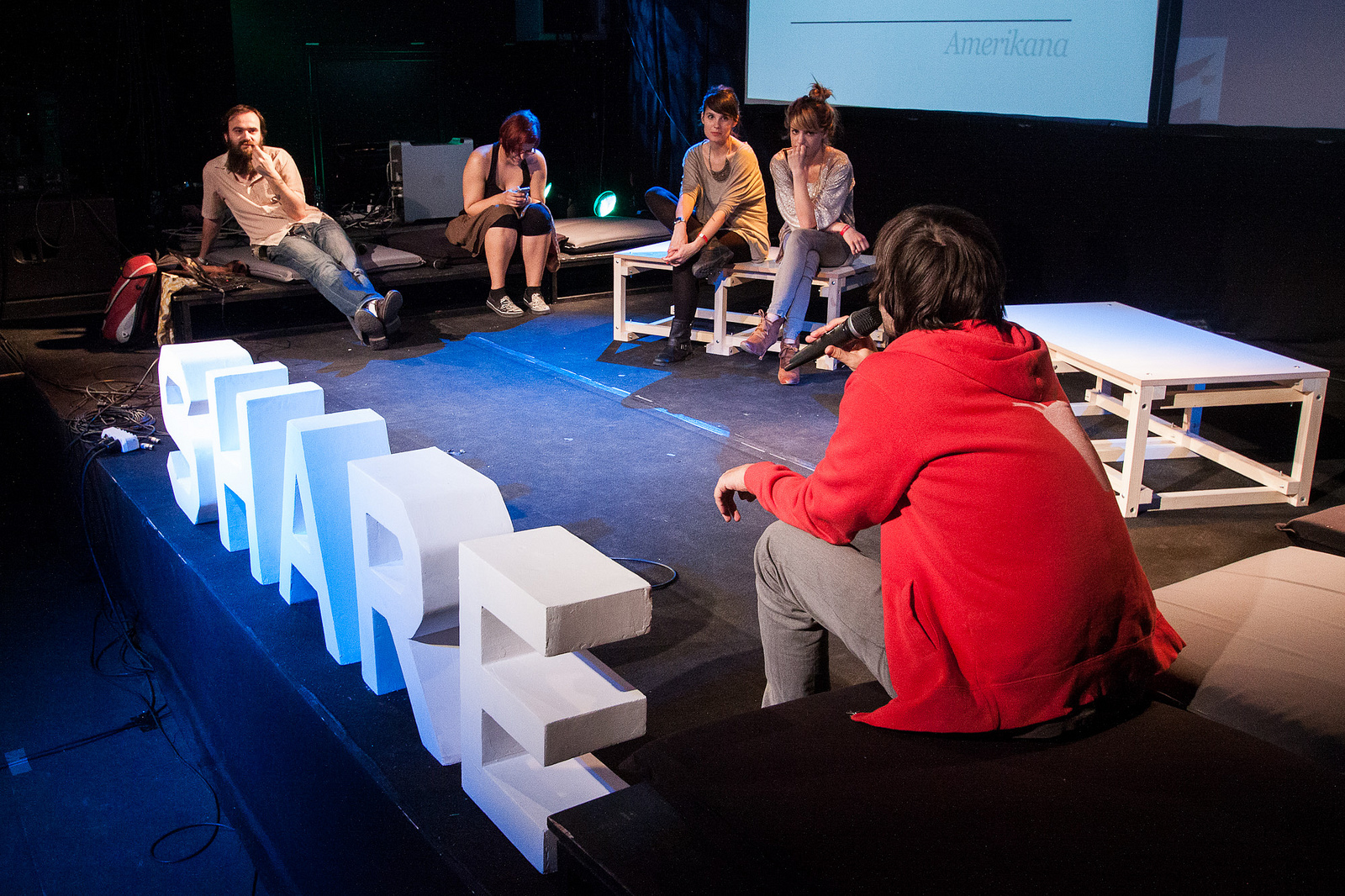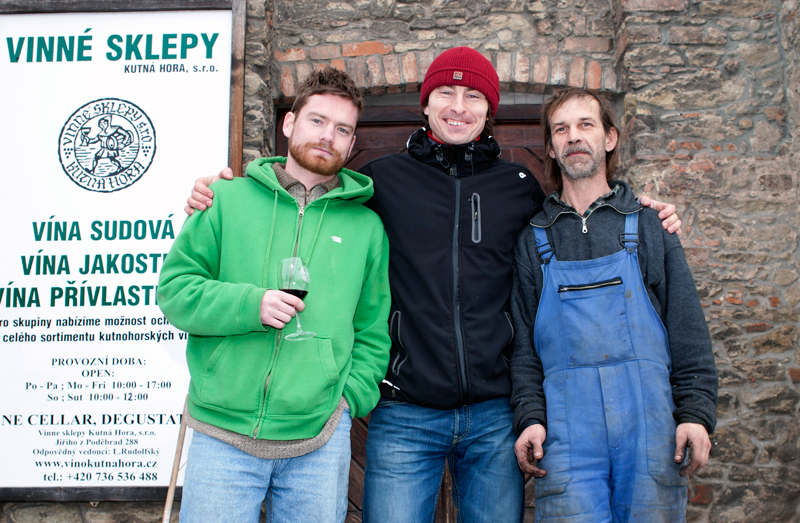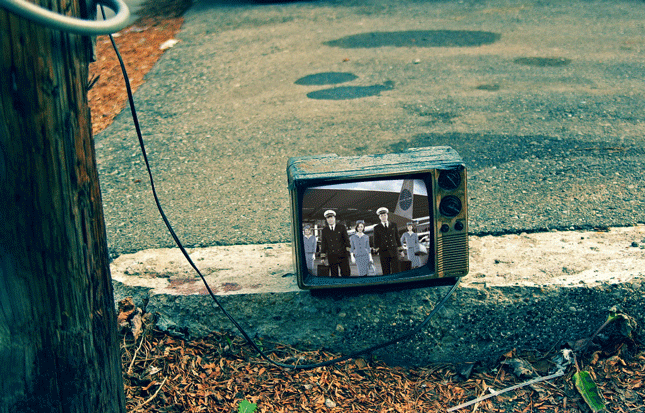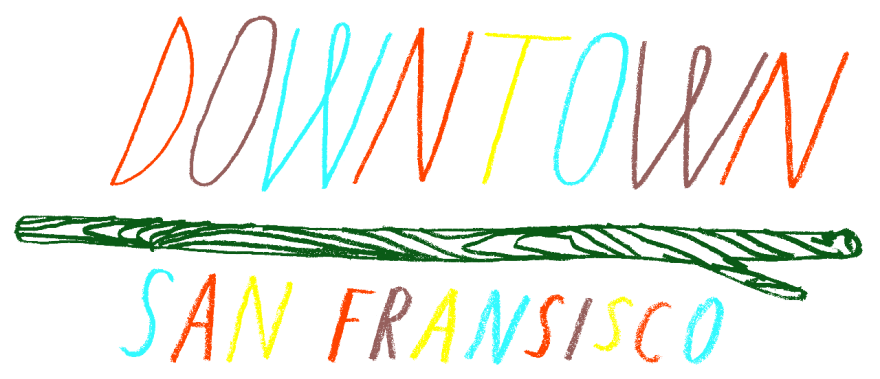The Bamboo Technique of Tattooing
On vacation in Southeast Asia in 2005, I enjoyed a few days on Lonely Beach on the island of Koh Chang, motivated by the promises of Happy Milkshakes, of great beaches and by an excellent restaurant. After arriving in this little touristy, although quiet, area I passed by many tattoo parlors proposing the same "traditional technique": the bamboo tattoo. This offer, which seemed to be a little unconvincing in a place also having a beach for backpackers, still intrigued me nonetheless. How was it possible to get a bamboo tattoo? Was it necessary to prune it to obtain a needle that went along the skin? How could the ink not be sucked into the fiberous bamboo? The word "bamboo" was stuck in my head all day long.
 So I decided to go into the next hut. It was a really dirty place for being a tattoo parlor. The roof was patched with a tarp and the walls were covered with very ordinary tattoo images. The ground was topped with sand, cigarette butts and binders filled with jpeg images found on the Internet. There was something for everyone: tribal, Japanese, old-school, and the last style was difficult for me to identify. A guy - not the boss but the kind of guy who belonged in this kind of shop - you don't know what he does but he was there, had explained the meaning to me. These are traditional motifs of Khmer tattoos, often created by monks. They represented the alphabet, numbers, and incorporated animal iconographies. The sentences formed are drawn and repeated many times in order to obtain similar patterns of animals. They may also represent geometric constructions mixed with numbers. These complex designs combined with astrology, are thought to be protective and magical.
So I decided to go into the next hut. It was a really dirty place for being a tattoo parlor. The roof was patched with a tarp and the walls were covered with very ordinary tattoo images. The ground was topped with sand, cigarette butts and binders filled with jpeg images found on the Internet. There was something for everyone: tribal, Japanese, old-school, and the last style was difficult for me to identify. A guy - not the boss but the kind of guy who belonged in this kind of shop - you don't know what he does but he was there, had explained the meaning to me. These are traditional motifs of Khmer tattoos, often created by monks. They represented the alphabet, numbers, and incorporated animal iconographies. The sentences formed are drawn and repeated many times in order to obtain similar patterns of animals. They may also represent geometric constructions mixed with numbers. These complex designs combined with astrology, are thought to be protective and magical.


 Behind a screen, a woman was lying on her stomach, a shirtless man pressed heavily on his hip with his knee. He held in his hand the end of a bamboo pole about a meter long and ran his other hand, like a billiard player, stuck the sharp black ink part into the skin of the woman. It was hot and moist, the smell of sweat stung my nostrils. I only stayed five minutes because the dermis and the tip of the needle smeared with ink made my observation useless.
The next day I went back to one of these huts on the beach. Equally as shabby than the last one, it was owned by a man in his sixties named Pravat. His chest and back were covered with these same styles that I discovered the day before. This shaman wearing a cap advertising campaign was from the border of Cambodia and had learned the art of tattooing in that tradition. He invited me to attend one of these rituals. He opened his canteen with a cover he used as a small table. Then, he covered it with plastic film and placed on top two mineral water caps, one filled with oil, the other ink. Then he left the womb of his box, a small box of tattoo needles, a knife, a welder and a half was made of bamboo, one meter long, knot-free. With his knife, he cut the bamboo rod to make a fairly thin stem square at the base. He detached the layer of green flesh, keeping only the wood and cut the end to a thin beveled edge. He then took the needles, five, and made a small bundle. He soldered them together with a little tin. Finally, he set the needles to the stem with a wire made of small film. His tool was ready.
Behind a screen, a woman was lying on her stomach, a shirtless man pressed heavily on his hip with his knee. He held in his hand the end of a bamboo pole about a meter long and ran his other hand, like a billiard player, stuck the sharp black ink part into the skin of the woman. It was hot and moist, the smell of sweat stung my nostrils. I only stayed five minutes because the dermis and the tip of the needle smeared with ink made my observation useless.
The next day I went back to one of these huts on the beach. Equally as shabby than the last one, it was owned by a man in his sixties named Pravat. His chest and back were covered with these same styles that I discovered the day before. This shaman wearing a cap advertising campaign was from the border of Cambodia and had learned the art of tattooing in that tradition. He invited me to attend one of these rituals. He opened his canteen with a cover he used as a small table. Then, he covered it with plastic film and placed on top two mineral water caps, one filled with oil, the other ink. Then he left the womb of his box, a small box of tattoo needles, a knife, a welder and a half was made of bamboo, one meter long, knot-free. With his knife, he cut the bamboo rod to make a fairly thin stem square at the base. He detached the layer of green flesh, keeping only the wood and cut the end to a thin beveled edge. He then took the needles, five, and made a small bundle. He soldered them together with a little tin. Finally, he set the needles to the stem with a wire made of small film. His tool was ready.
 By observing the tribal design made on his client for an hour, I went into ecstasies over this very simple technique of a permanent tattoo. Then I let out, "Can I come tomorrow to make a tattoo?" He laughed and nodded. But I didn't want just a tattoo, I wanted an experience and therefore asked him if I could do myself, guided by him. He remained puzzled and laughed again as he replied, "It's your skin, buddy."
At night in my bed, I tried to reassure myself that the needles were new, like bamboo, ink, film and gloves. I concluded that I did not risk getting any disease, only a bad infection. It was a risk I was willing to take.
I remembered arriving early in the morning at the shop. Under his guidance, I copied the same methods as he did yesterday. I stuck myself twice assembling the needles and, after 40 minutes, the equipment was ready. I was going to tattoo a cross pattern. Fascinated by the sea and the oceans since childhood, I opted for an old sailor tradition that the cross is tattooed to the novice, and then transformed into its first major anchor after crossing. Lying on a sunbed, I reached the end of my thigh and I rubbed a little oil on my skin. At this precise moment the chills arrived, the stage fright arises and your will can falter. This day, however, my will had not trembled, and I planned a first time point to the place I focused on my skin. In the subject, I noticed a little ink had penetrated my skin. Amused despite the pain, I repeated the process and each time the line was clearer and the area filled more. I was going more quickly because the dopamine was causing my pain to disappear. After twenty minutes spent pricking myself and noting that the design was very irregular, the tattooist took over to trace the contours and to finish filling. It was over.
By observing the tribal design made on his client for an hour, I went into ecstasies over this very simple technique of a permanent tattoo. Then I let out, "Can I come tomorrow to make a tattoo?" He laughed and nodded. But I didn't want just a tattoo, I wanted an experience and therefore asked him if I could do myself, guided by him. He remained puzzled and laughed again as he replied, "It's your skin, buddy."
At night in my bed, I tried to reassure myself that the needles were new, like bamboo, ink, film and gloves. I concluded that I did not risk getting any disease, only a bad infection. It was a risk I was willing to take.
I remembered arriving early in the morning at the shop. Under his guidance, I copied the same methods as he did yesterday. I stuck myself twice assembling the needles and, after 40 minutes, the equipment was ready. I was going to tattoo a cross pattern. Fascinated by the sea and the oceans since childhood, I opted for an old sailor tradition that the cross is tattooed to the novice, and then transformed into its first major anchor after crossing. Lying on a sunbed, I reached the end of my thigh and I rubbed a little oil on my skin. At this precise moment the chills arrived, the stage fright arises and your will can falter. This day, however, my will had not trembled, and I planned a first time point to the place I focused on my skin. In the subject, I noticed a little ink had penetrated my skin. Amused despite the pain, I repeated the process and each time the line was clearer and the area filled more. I was going more quickly because the dopamine was causing my pain to disappear. After twenty minutes spent pricking myself and noting that the design was very irregular, the tattooist took over to trace the contours and to finish filling. It was over.
 I had just got my first tattoo.
Five years later, this remains a very good memory. Not having been infected has helped but I'll always remember the painful swim in the seawater that followed this introduction.
Since my interest in tattooing has continued and has developed more widely today, I am an apprentice tattoo artist under the command of the U.S. tattooist, Sunny Buick, who taught me the art of the sailor tattoo. She gave me the name of Sailor Roman.
Sailor Roman
I had just got my first tattoo.
Five years later, this remains a very good memory. Not having been infected has helped but I'll always remember the painful swim in the seawater that followed this introduction.
Since my interest in tattooing has continued and has developed more widely today, I am an apprentice tattoo artist under the command of the U.S. tattooist, Sunny Buick, who taught me the art of the sailor tattoo. She gave me the name of Sailor Roman.
Sailor Roman





